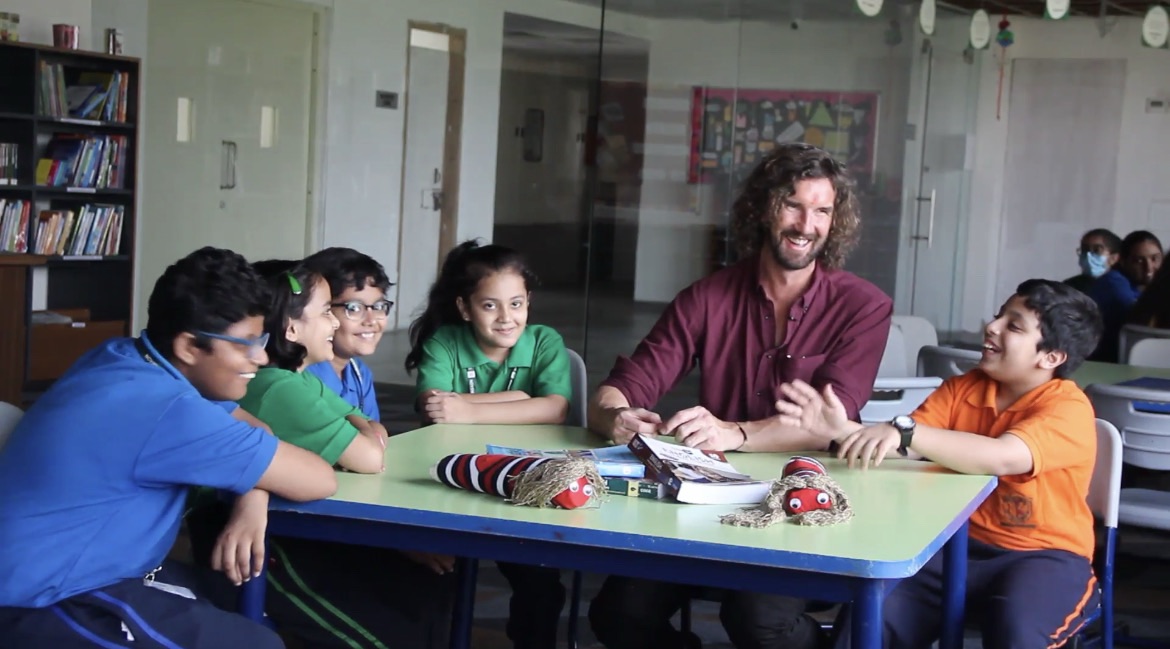The use of screens, such as smartphones, tablets, and computers, has become increasingly common among children and adolescents. However, research has shown that the blue light emitted by screens can have negative effects on the brain and sleep patterns of young people.
One study found that the use of electronic devices before bedtime was associated with delayed sleep onset, decreased sleep duration, and poorer sleep quality in children and adolescents. Additionally, exposure to blue light has been shown to suppress the production of melatonin, a hormone that regulates sleep-wake cycles. This can make it harder for children to fall asleep and stay asleep.

Dr. Charles Czeisler, chief of sleep medicine at Brigham and Women’s Hospital in Boston, has said that “the use of these devices at bedtime has the potential to disrupt the balance of the circadian clock and negatively impact sleep, academic performance, and mental health.”
Given these concerns, parents may want to consider taking steps to limit their child’s screen time before bed. Here are five ways that parents can help their child sleep better:
1. Set a specific bedtime and stick to it. Establishing a regular sleep schedule can help regulate a child’s internal clock and make it easier for them to fall asleep at night.
2. Create a bedtime routine. A bedtime routine, such as reading a book or taking a bath, can signal to a child that it is time to wind down and prepare for sleep.
3. Limit screen time before bed. It’s recommended to stop using screens at least an hour before bed.
4. Make sure the bedroom is dark, quiet, and cool. Creating a comfortable sleep environment can help a child relax and fall asleep more easily.
5. Encourage physical activity during the day. Regular exercise can help tire a child out and make it easier for them to fall asleep at night.
In conclusion, screens can have negative effects on the brain and sleep patterns of children and adolescents. Parents can help their child sleep better by limiting screen time before bed, establish a regular sleep schedule, and create a good sleep environment. By taking these steps, parents can support their child’s physical and mental well-being.








